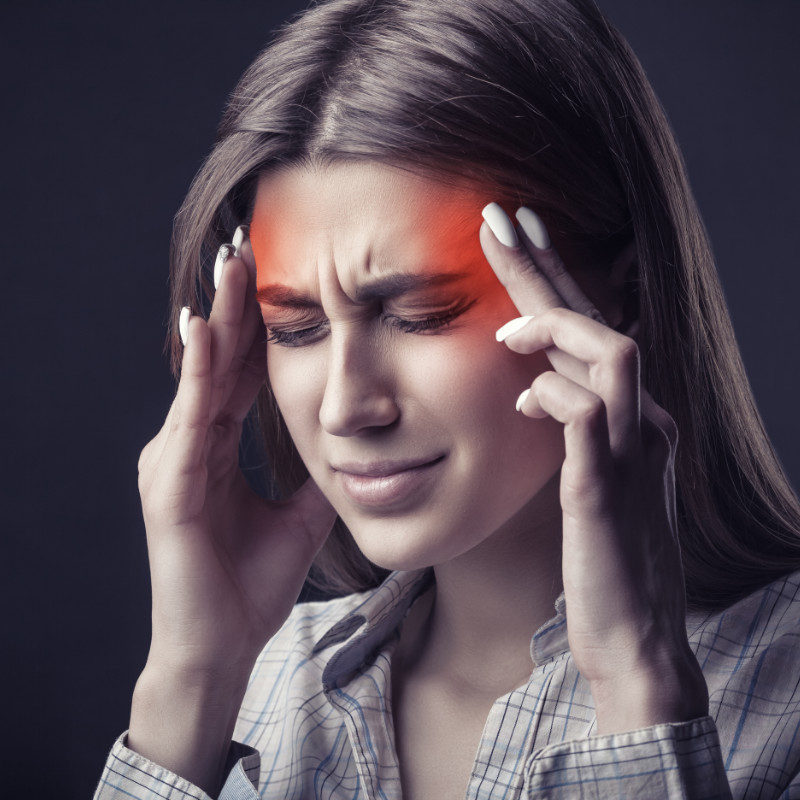
Headache Pain Relief
There are numerous potential forms of headaches that individuals may encounter. Each type of headache induces pain in or around the head, albeit with varying specific areas affected and varying levels of intensity. Among the more commonly encountered headache categories are migraines, tension-type headaches, and cervicogenic headaches. Additionally, there exist several less common headache variants that can manifest.
Your physician will identify the precise type of headache you are experiencing and devise a tailored plan to address your concerns, allowing you to return to your normal daily life. Headaches can be incapacitating and have a pervasive impact on various aspects of your life. If you frequently suffer from headaches, it’s crucial to seek treatment promptly to prevent further impairment or escalating discomfort.
Migraines
There are two prevalent subtypes of migraines: migraine with aura and migraine without aura. An aura, also referred to as a prodrome, is a medical term signifying an early symptom that forewarns of the impending onset of a condition. Essentially, it’s a symptom other than pain that signals the forthcoming occurrence of a migraine headache. An aura can manifest as visual alterations like a blind spot in your vision, hallucinations, flickering in your sight, or the perception of flashing lights. It can also involve sensory changes such as a pins-and-needles sensation, difficulty in speech or articulation, or confusion.
Once a migraine initiates, whether with or without an aura, the headache typically positions itself just above and behind one eye, extending over the head on the same side as the affected eye. These headaches often pulsate or throb with pain. Many individuals who experience migraines find that their headaches worsen in the presence of bright lights, loud noises, or when they move their head.
In addition to head pain, some migraine sufferers may also contend with symptoms like nausea, fatigue, or dizziness. It can be beneficial during a migraine episode to recline in a dark, quiet room until the headache subsides. Following a migraine episode, you may experience feelings of fatigue, confusion, or sluggishness.
Tension Type Headaches
A tension-type headache is precisely as it sounds – a headache resulting from tension in the muscles and joints of the neck. It’s invariably associated with a sensation of tightness in the neck or shoulders and an urge to stretch. This type of headache is rooted in the frequent irritation of nerves near the upper spine, leading to limited joint mobility and muscle spasms, which explain the sensation of tightness in the neck.
Cervicogenic Headaches
Cervicogenic headaches originate in the neck (where “cervico” refers to the neck and “genic” indicates origin) and then radiate upward into the head. It’s not unusual to experience dizziness or an escalation in pain when you turn your head with this type of headache. These headaches stem from restricted neck joints, which trigger inflammation and irritation of the nerves as they exit the spine. Each time you attempt to move your head, this heightened joint irritation results in more inflammation and increased pain.